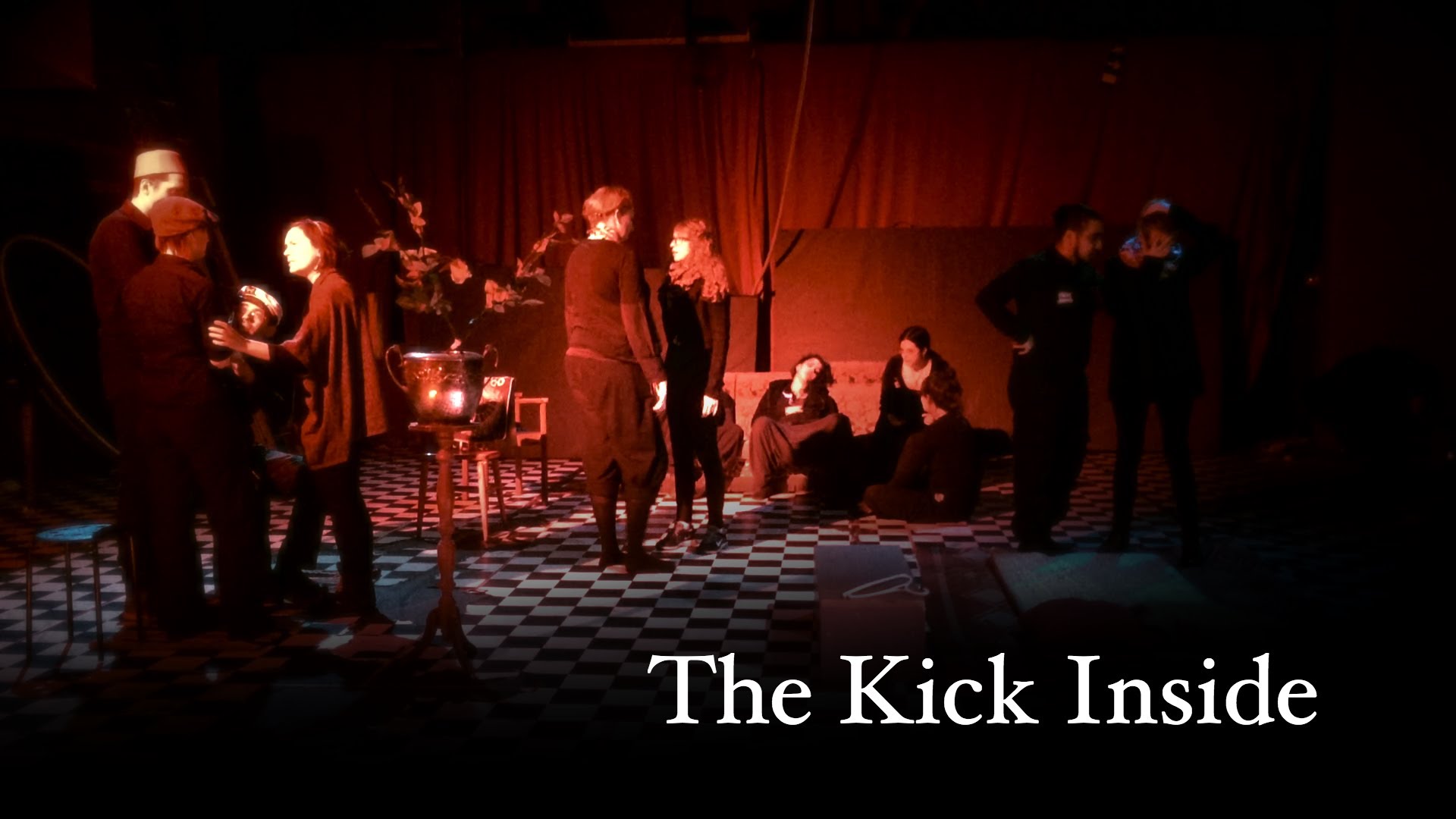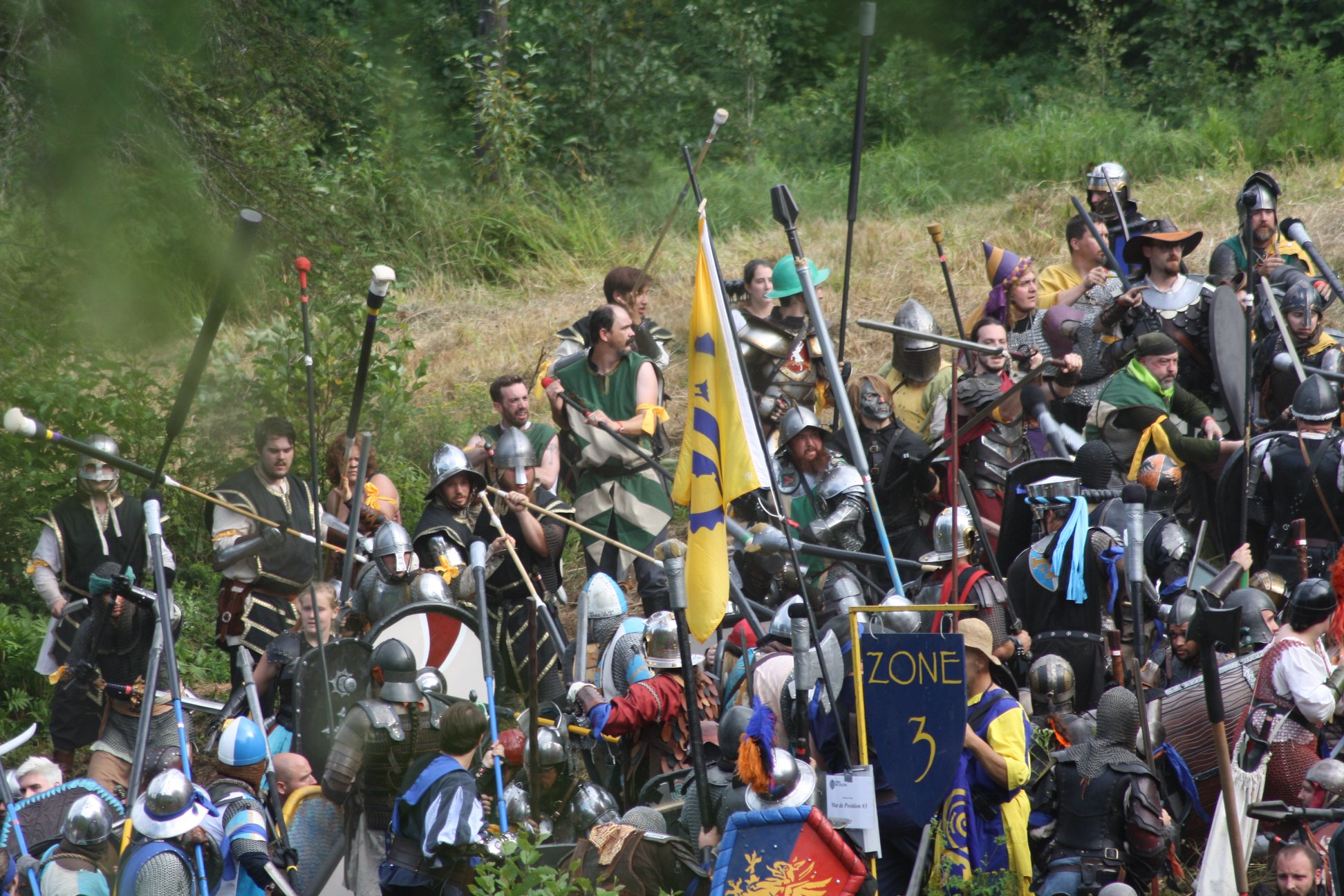To the outside world the word ‘larp’ may seem like it means something very specific. Many regions have one primary larp which comes to define the entire concept for that region. These days many new players are finding games online, but still retain the notion that there is only one kind of LARP. Here’s a guide for new players who are looking to get in, but don’t know what the different kinds of larp are and which they should be looking for.
Here’s an attempt to sum up, from my point of view, the larping world as I see it. Note the caveats in that last sentence because larp evolves over time and it’s impossible to know everything about it. The reality is there are lots of different structures of larp rules, all equally engaging. Additionally larps have Theme and Setting which generally line up fairly well with idea of genre. Im going to leave the aspects of Genre and Immersion (another dynamic specific to larp) out of this post. This is a general guide for new players who might not know what structure of larp rules they should be looking for.
You may want to check out the book “Leaving Mundania Inside the Transformative World of Live Action Role-Playing Games” for more information.

Theater Style:
Sometimes called Chamber Larp or Black Box larp this form focuses on the interplay between the characters and the imagination of the players. The setting and props are minimal or non existent. In the style of Experimental Theater the game may be a blank stage with taped lines to denote locations or scene changes. Combat resolution takes a back seat to conflict resolution and storytelling. I would not expect to get into any kind of physical combat at a larp in the Theater Structure. This style can be run by anyone in any location with low resources and low prep time.

Con Style:
An oversimplification to get the point across, a Con Larp is a theater larp with more material and more people. Usually held at a convention which can accommodate the large number of players. My definition might be a little on the light side, because I’ve never participated in this form of larp before. Con larps seem like a great entry into larping especially if you’re going to the con anyway and your idea of camping involves room service. Check out New England Interactive Literature for their array of resources, conferences and conventions. If you want to run a larp without having to write one, check the library.
 |
| From http://leavingmundania.com/ |
Jeep Form/Free Form Style/Nordic:
These games usually have very few rules or game mechanics and function a lot more like Interactive Theater. Less about mechanics and more about the emotion and player interaction. ‘Playing to lose’ is an important concept in this form of larp. Seeking the dramatic moment, which may mean setting that moment up for someone else, is the focus. This form allows you to intensely explore emotional spaces you might not usually get to explore. Find more about Freeform on the Leaving Mundania Blog. People in the U.S. and Canada might refer to this style as “Nordic Larp”. That term doesn’t speak to the genre, but rather the structure of the rules. This structure of larp is also being called “International Larp“.
From Lione Rampant using Accelerant Rules
Hit Point Systems:
The vast majority of U.S. campaign larps these days are played with some kind of Nero variant rules. I’ve linked to an Accelerant rules system larp played at Ye Olde Commons in Charlton Ma. These rules are quite similar to table top role playing. You have a character sheet, hit points, stats and skills. Except you actually carry the weapons, and fight with them. Although being about role play as much as it is about combat this structure of larp is game mechanics heavy. Players will have a host of skills and spells to build their character with. These games are very well balanced between storytelling, drama, sword swinging, spell casting, lock picking and just about anything else a classic table top game can offer.

Hit Location Systems:
Occasionally derivative from the SCA, occasionally from HEMA, these systems tend to be combat focused. They are fast paced, but not brutal because hits tend to be scored on ‘lightest touch’. The pace doesn’t mean that they don’t have role playing. Far from it. Although conflict is resolved through physical interaction more than game mechanics, there might still be spells and magic. If you want to build foam weapons and armor, while practicing something like martial arts and role playing, start here. This is the style I am most familiar with.
Battle Games:
There are some trappings of the historic, but effectiveness in combat rules the day. Very little role playing, but some of the most intense combat on the play field. The Battle Game structure can be almost an eSport in real life. While you will find fewer mechanics which represent ‘magic’, full contact is often allowed. Combat is fast and requires players at the top of their physical game. If you enjoy other larps but want a better workout, check out a battle game like Amtgard, Belegarth, Dagorhir or Darkon. You can read more in Battle Gaming The New American Sport.

My personal favorite game, at the moment, is Bicolline. In 2017, as a member of The Voyage North, I attended the Grand Battle for the first time. Their largest event The Grand Battle is seven days of combat and role play with 3000 participants in a medieval fantasy village in Quebec, this game mimics combat in ways that few other larps can. The very simple hit location system makes individual combat fast, and fun. Off the battlefield the game becomes closer to Freeform style larp, with storytelling, ritual magic, theatrical elements, arts, and entertainment of the drinking and dancing variety. This game has something for everyone and is immensely fun.
For my first GB, I used TVN for the logistics, which was not expensive for an international vacation. But was expensive by the standards of a weekend larp in New England. For me it was worth every penny in both housing and food as well as providing social and RP interaction. If you think about TVN as a vacation, the cost per person is extremely reasonable. However if you live within driving distance of Bicolline, then going with TVN isn’t strictly necessary provided you have things like tents, or friends with cabins. There are groups that can help you get there for lower costs, but you have to know them personally. And the Non Decorum/DIY approach is always available, although easier for locals.
Blended Style:
This is not a true structure, but a point about all larps. All games mix and match all these aspects in some way. Some add board game mechanics. For example Shut up and Sit Down has reviewed a few games which blend live role play with other games. The MegaGame, where ShutUpandSitDown are clearly role playing, and the LHS Bikeshed where attendees play roles on board a star ship, are examples of things approaching larps. The reality of larp is that every game borrows concepts from others and possibly even mechanics from outside of larping. Every game blends some aspects of each style. But broadly speaking most larps fall somewhere close to one of these listed structures and having a rough idea of what you’re walking into before you go is immensely helpful when choosing a larp.
Once you choose which style to start with, then you can really dive in. Find games in that structure by downloading and reading the rules of games near you, then reach out and contact the game system. There are still some things to consider before getting started larping. For example location, equipment, practice and then attending events. But for now you’ve got some exploring to do. If you need help I’d be happy to answer questions on /r/larp or /r/bicolline.


4 thoughts on “Beginners Guide to Larp: Choosing Structure”